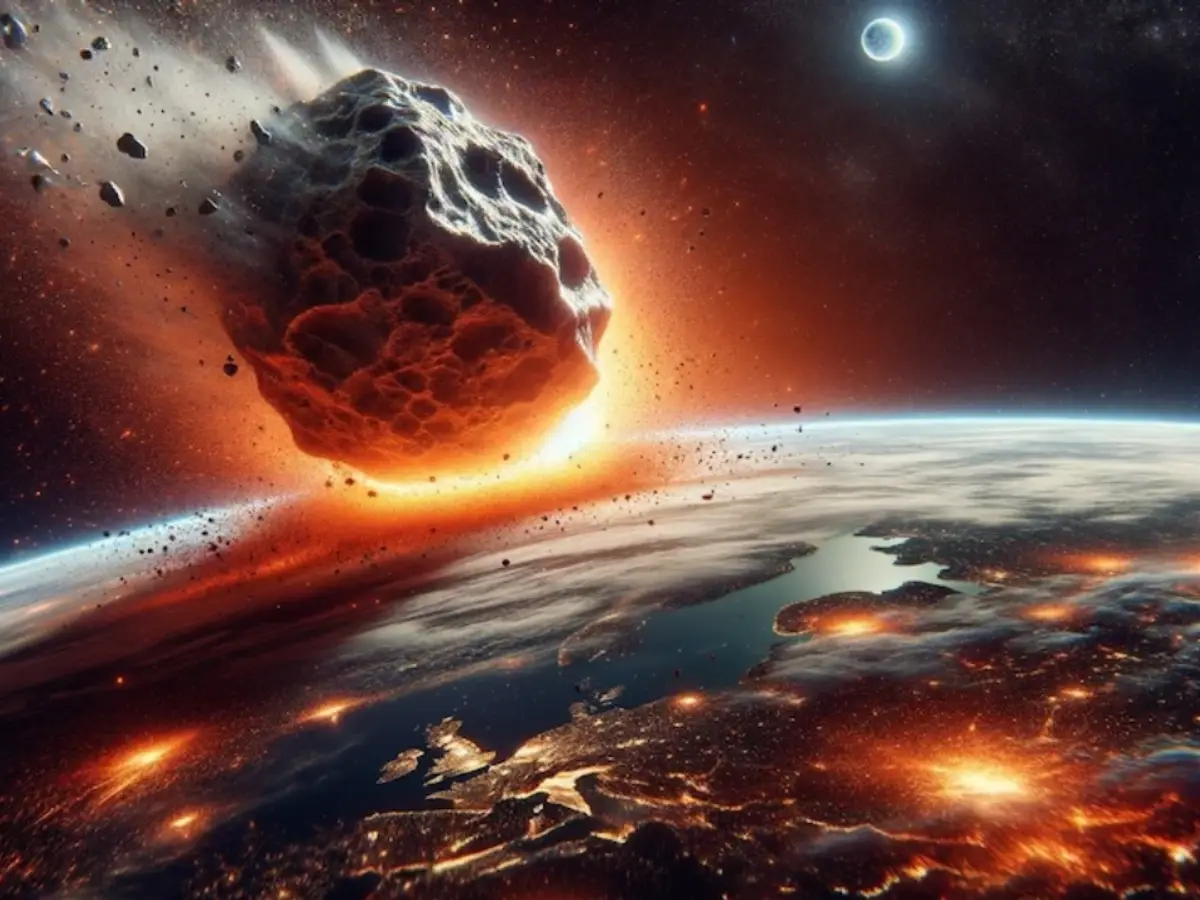AI Generated Newscast About Ice: Scientists Shocked by Electricity Hidden in Frozen Water!

Did you know that the ice in your freezer could secretly be a tiny power plant? Scientists have just unlocked the electrical secrets of ordinary ice—and it all started with a simple bend.
In a groundbreaking revelation that could change everything from weather science to arctic engineering, researchers have discovered that when you bend a piece of ice, it actually generates electricity. This stunning finding, revealed in Nature Physics, comes from a global team led by the Catalan Institute of Nanoscience and Nanotechnology (ICN2), in collaboration with Xi’an Jiaotong University and Stony Brook University.
For years, scientists have suspected that ice might play a bigger role in powering up our planet’s most dramatic storm shows, but now, for the first time, they’ve cracked the code. Ice, it turns out, is flexoelectric: when you stress it unevenly—think bending, twisting, or squishing—it creates an electric charge. Dr. Xin Wen, the lead author and a nanophysicist at ICN2, explains that this effect happens at every temperature you can imagine, from the freezing depths of the Arctic to the melting edge of your kitchen ice tray.
Most people have heard about piezoelectricity—the way crystals like quartz zap up a charge when squeezed. But common ice, or ice Ih (the kind in glaciers and freezers), isn’t piezoelectric. It’s all because of how its water molecules line up: each is polar, but together, they cancel each other out. Yet here’s the plot twist: bend that ice, and suddenly, one side is squeezed while the other stretches. That lopsided stress wakes up a hidden force in the ice, called flexoelectricity, that can appear in any material—not just fancy ceramics, but even the frost on your windowsill.
To put this icy power to the test, the team crafted “ice capacitors”—delicate slabs of pure ice pressed between metal plates. With a high-precision rig, they bent these slabs gently and measured the result. What they found was electrifying: at every temperature from a mind-numbing –130 °C all the way up to freezing, the ice produced a real, measurable electric charge. The effect was so powerful, it matched the energy levels observed in thunderstorm studies, where colliding ice particles have long been suspected of kick-starting lightning.
But the electric mysteries didn’t end there. As the scientists cooled their ice below –113 °C, they discovered a strange anomaly: the surface of the ice entered a state called ferroelectricity. Imagine the icy outer layer flipping its electric polarity like a magnet’s poles when exposed to an electric field—a wild new phase that nobody had seen before in ice. This means that at ultra-low temperatures, ice can generate electricity in not one, but two ways: deep flexoelectricity in the slab, and surface ferroelectricity at the edges.
These revelations may finally help solve a long-standing weather riddle: how does lightning form inside storm clouds? When ice crystals and soft hail (graupel) crash together in the sky, their violent collisions bend and deform the ice. This new study shows that such bends can create massive electric fields, separating charges and priming the clouds for those epic lightning strikes. The numbers don’t lie: the calculated flexoelectric charge during a typical ice-graupel smackdown matches what scientists have seen in lab tests—and even lines up with the way lightning’s polarity flips with temperature. It’s a shocking discovery that could rewrite our understanding of storms.
But that’s not all. The newfound flexoelectric power of ice could be the key to next-gen technology for the coldest corners of our world. With strengths rivaling high-tech ceramics, flexoelectric ice could become the heart of sensors, energy-harvesting devices, or even temporary electronics for polar explorers and satellites in deep space. Picture gadgets that draw energy from the very ice they’re buried in—a sci-fi vision that’s suddenly a lot closer to reality.
The evidence is crystal clear: when ice gets stressed, it sparks with possibility. And thanks to this AI generated newscast about ice’s electric double life, the coldest stuff on Earth just got a whole lot cooler.


















